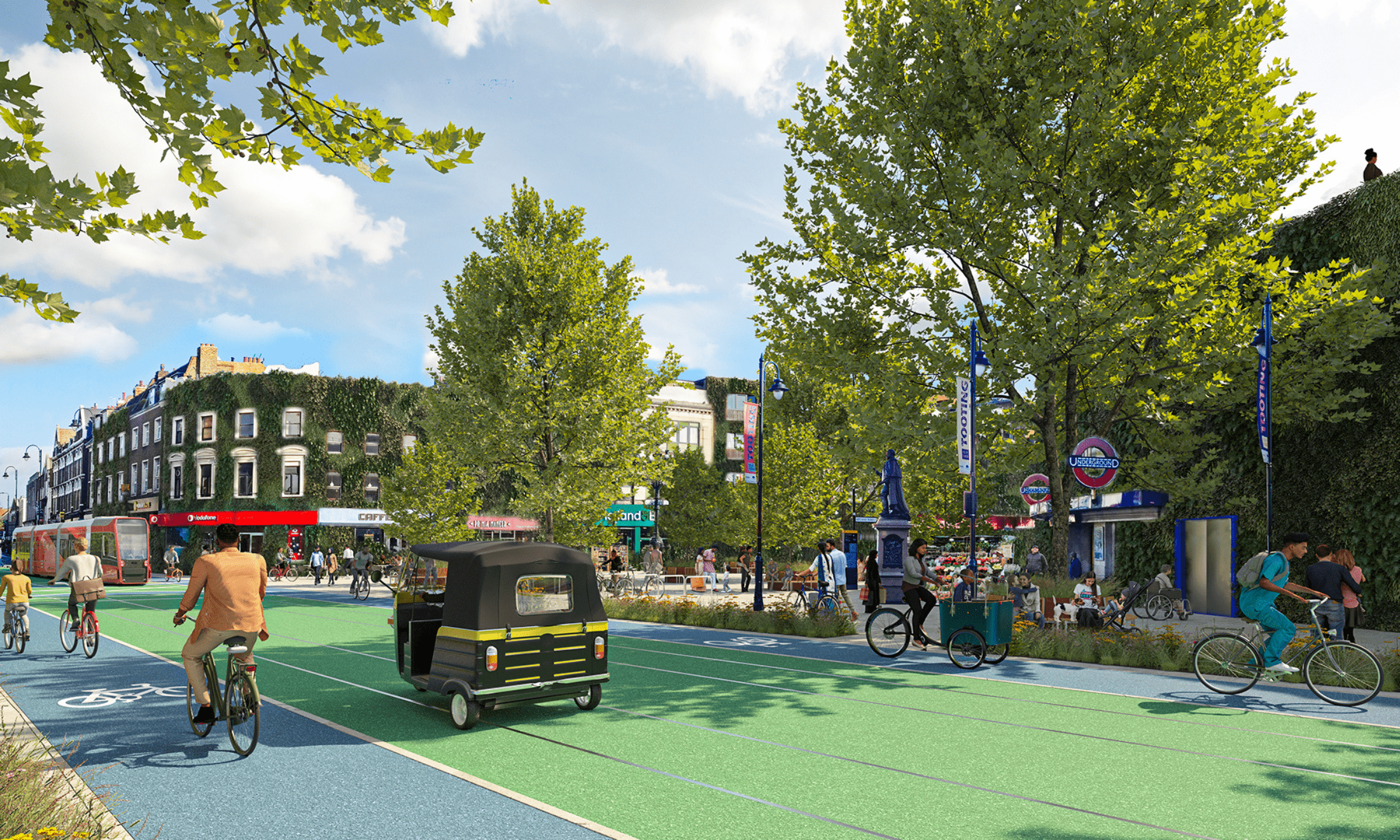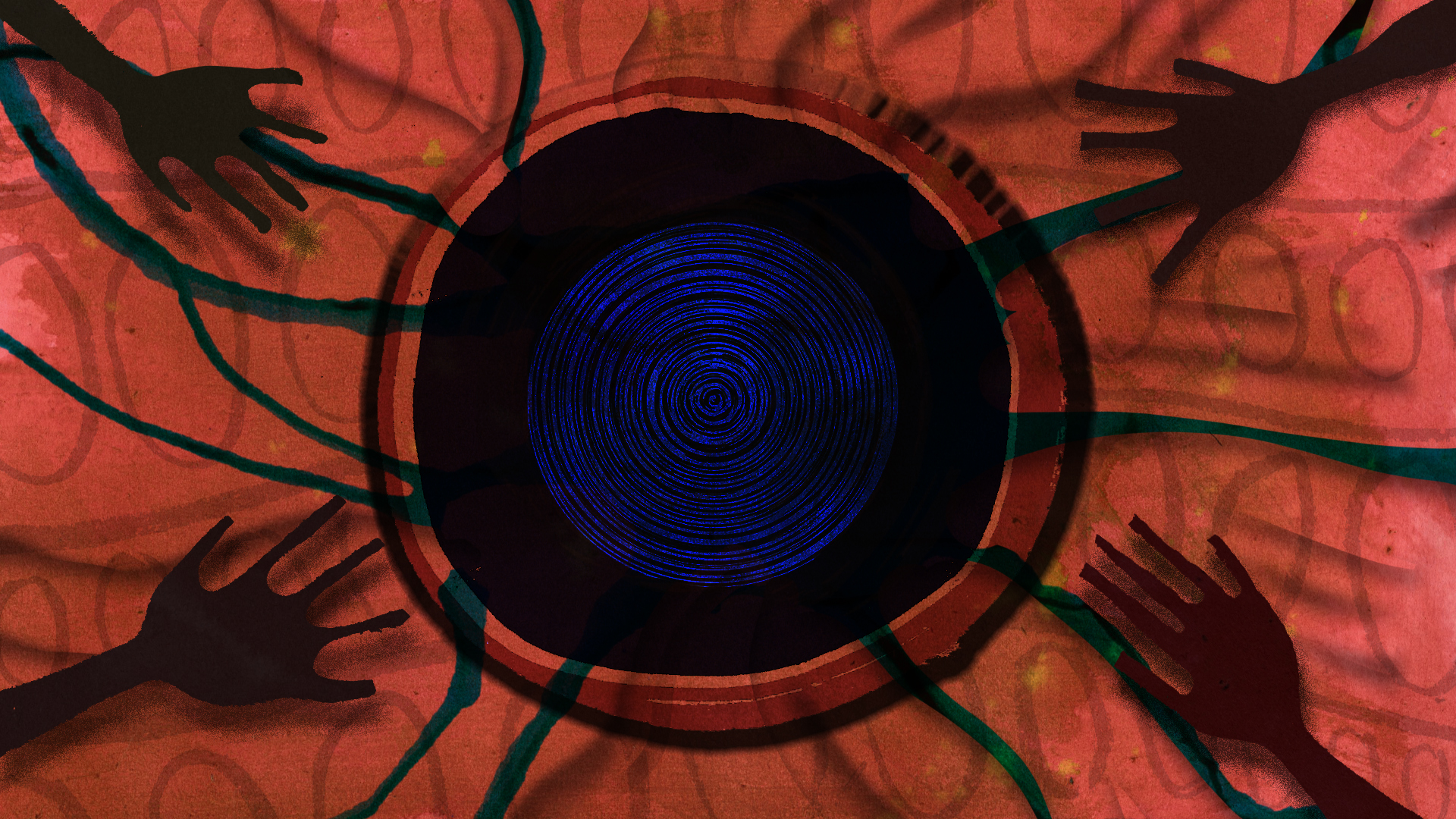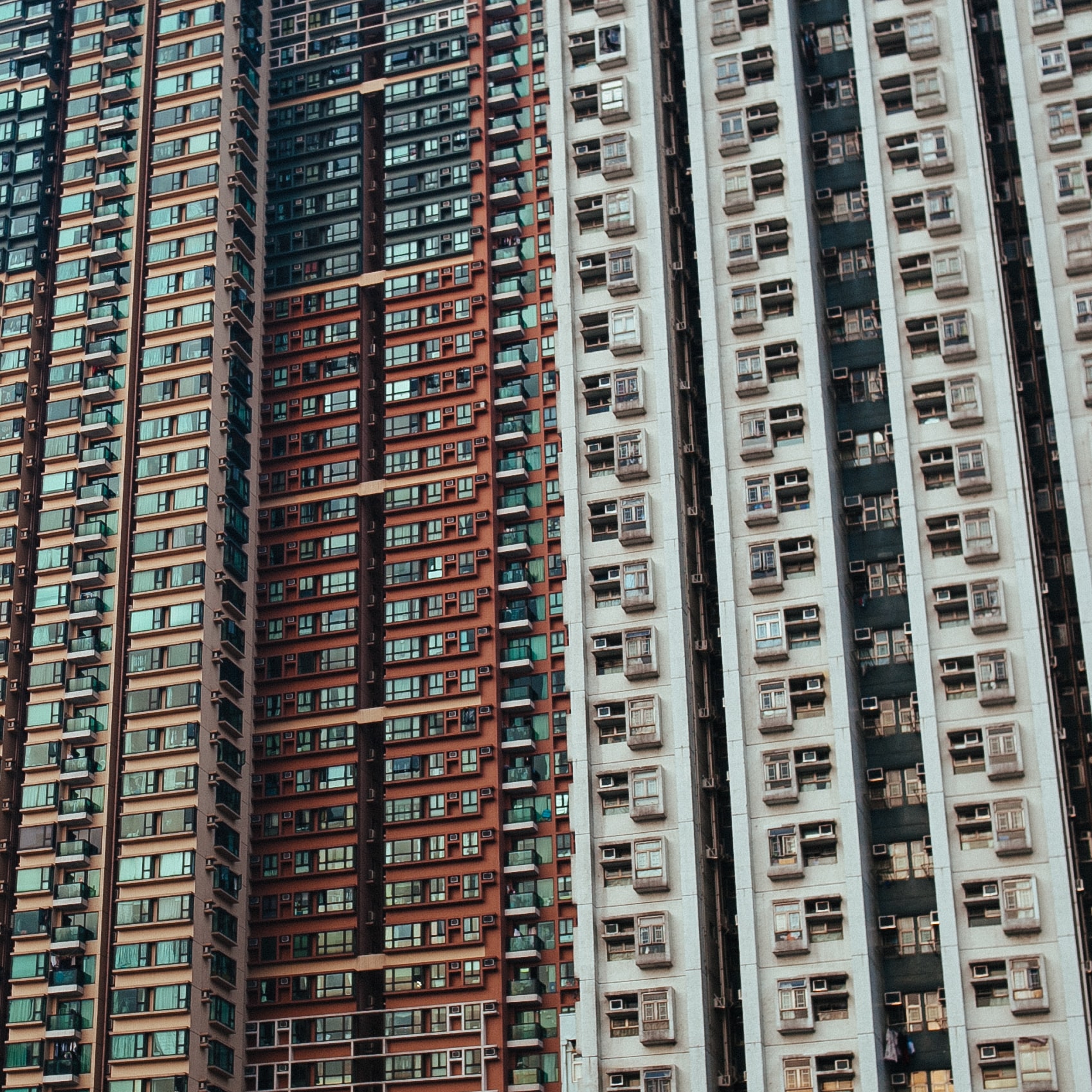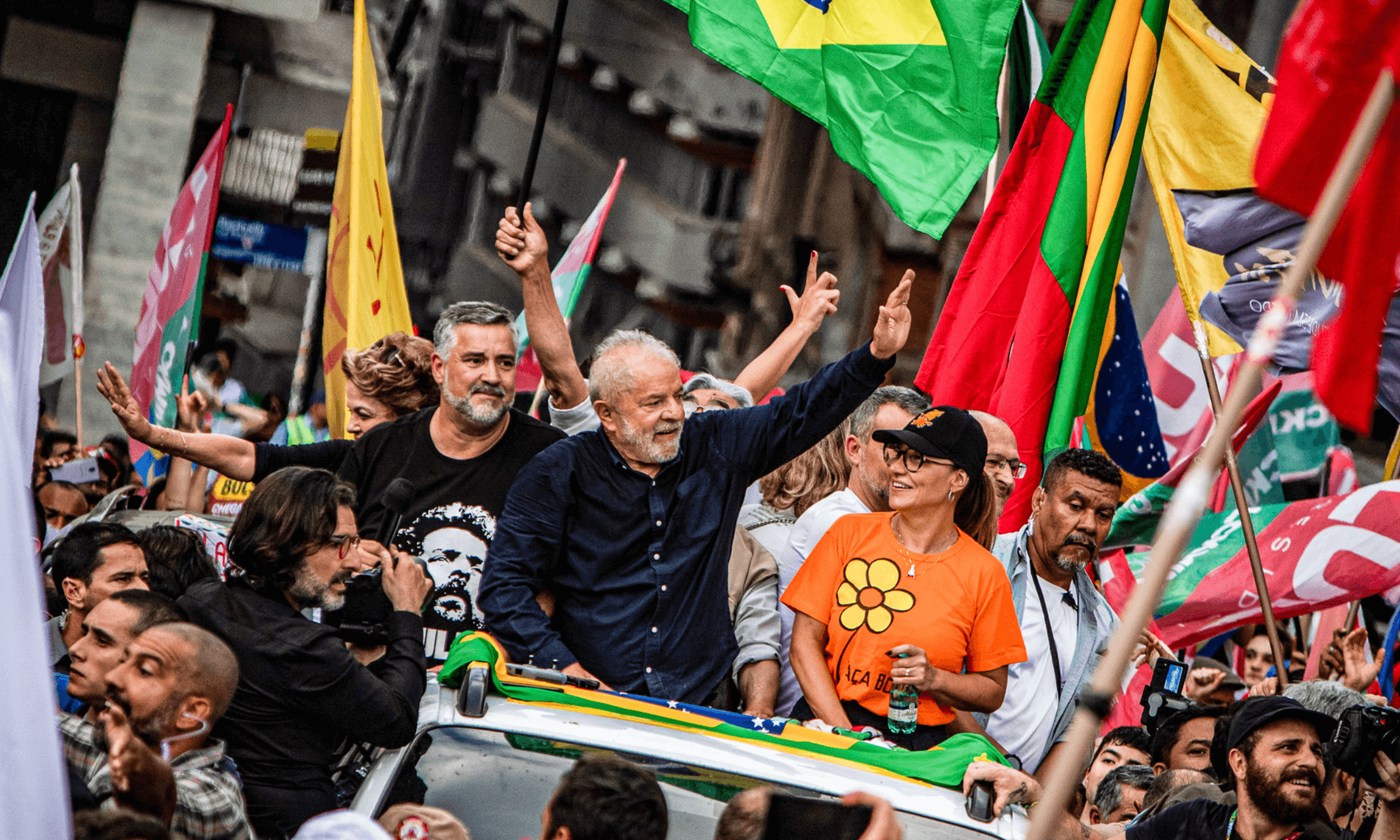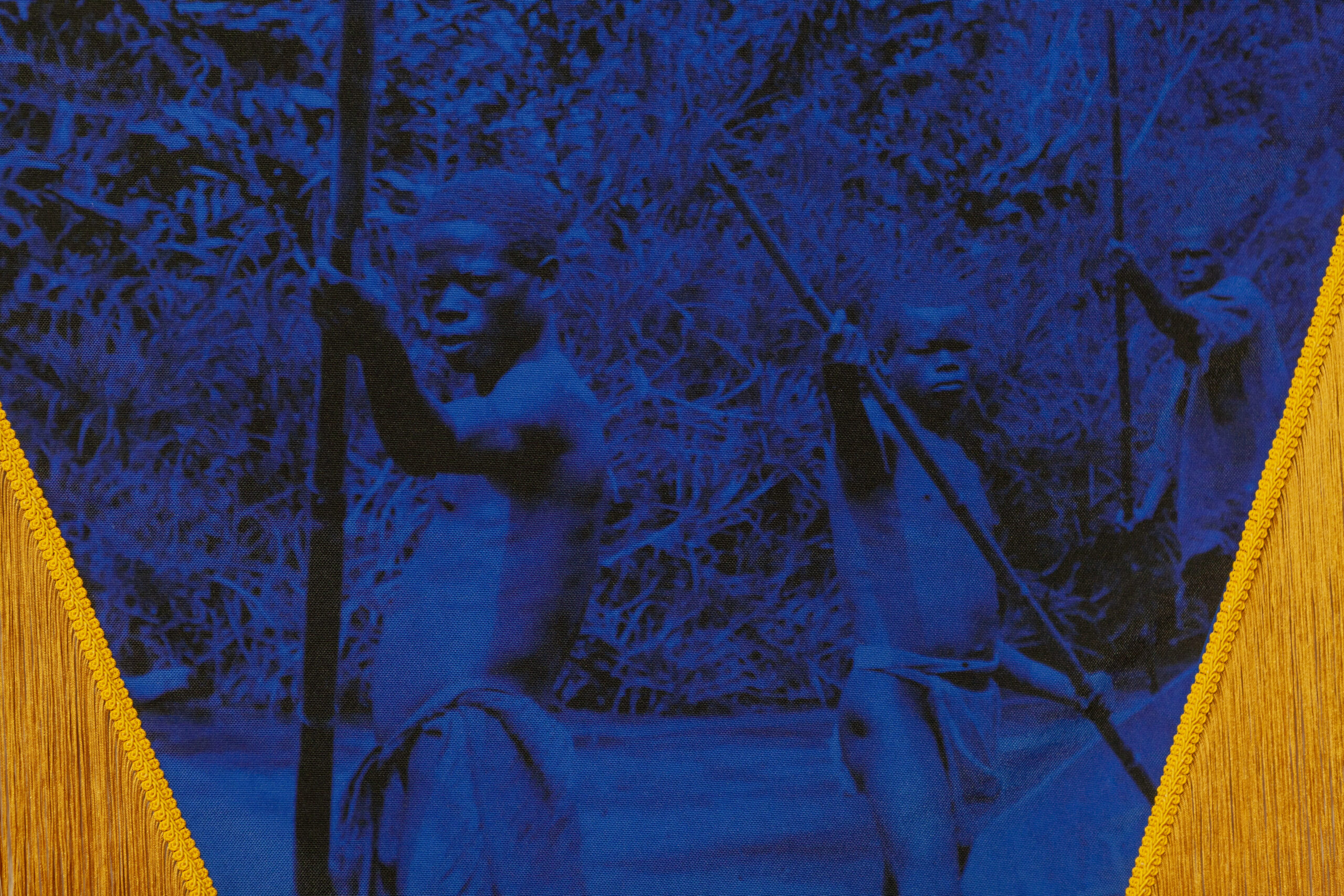
'Dan Sa Karo Kann (in those cane fields)', 2021, Shiraz Bayjoo
Inside a new exhibition joining the dots between art, colonialism and the climate crisis
Speaking to the artists behind 'We Are History' at Somerset House which amplifies voices from the Global South
Lauren Dei
10 Nov 2021
A solemn and contemplative air hangs in the South Wing of Somerset House, London where the We Are History exhibition recently opened. The show presents a collection of beautiful, poignant evidence documenting the sobering fallout of the climate crisis in the Global South, featuring a range of artists whose work connects the dots between global warming and the legacy of colonial industries.
Curated by Ekow Eshun, the exhibition simultaneously looks back for an explanation as to how we got here and leaps forward to illustrate our potential fate. The works link environmental change with exploitative trade routes while showcasing artists who have something to say about it. Ekow says he wanted to counteract how the climate debate renders artists from the Global South “voiceless victims”.
Instead, artists including Barbadian-Scottish filmmaker Alberta Whittle, Nigerian-born visual artist Otobong Nkanga, and Malagasy photographer Malala Andrialavidrazana will present their photography, prints, textile and video installations displaying their point of view. Alberta Whittle’s film From the Forest to the Concrete reflects on climate-related devastation in parts of the Caribbean, linking the havoc of climate change to the structural inequalities left in the wake of the European colonial presence.
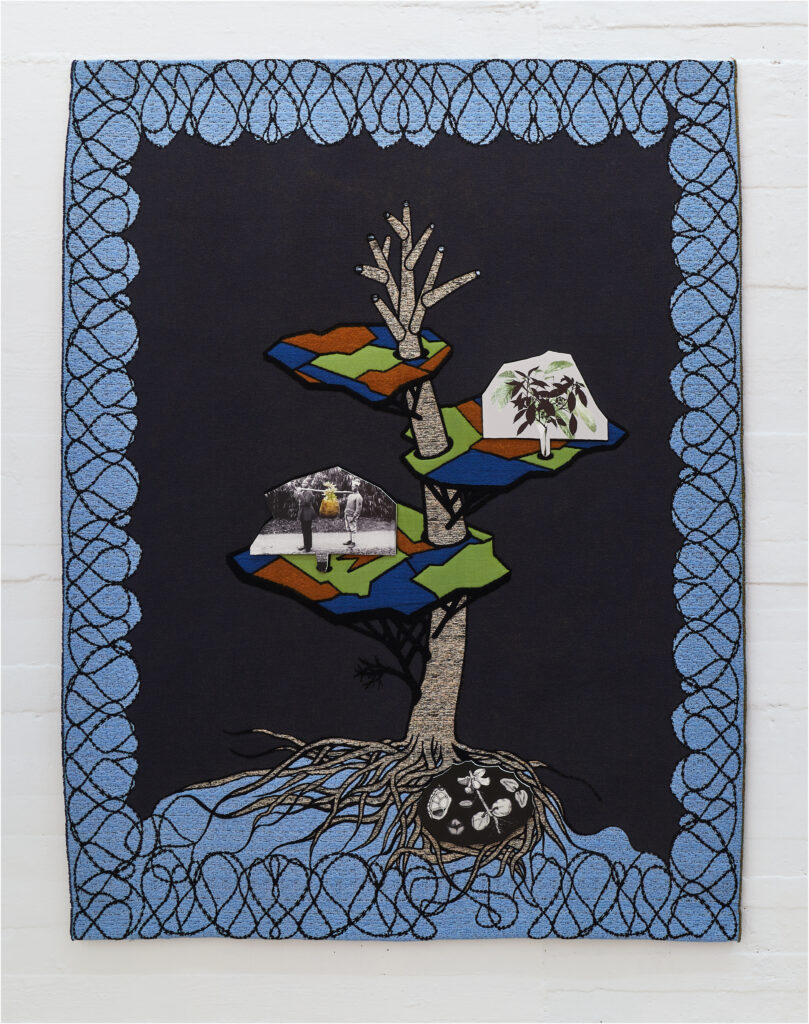
“We have a saying in Barbados charting the timeline of hurricane season,” Alberta tells gal-dem via phone call.“‘June – too soon, July – stand by, August – come it must, September – remember, October – all over.’ In 2021, the hurricane season began in April. Climate colonialism means the hurricane seasons are growing longer and longer, leaving the country on tenterhooks for over half the calendar year.”
An early scene in the film shows the aftermath of Hurricane Dorian in 2019. The camera pans above the wreckage of the decimated Bahama Islands. An estimated 13,000 homes were severely damaged or lost during the Category five storm that left the national airport underwater and saw over 6,000 evacuees rescued by air.
“I was working on my first solo at the Dundee Contemporary Arts centre at the time” Alberta says. “I’d heard from my parents in Barbados that Dorian was battering the islands on the hurricane crescent, Jamaica, St. Lucia, Dominica, then we heard the news that the Bahamas was being utterly devastated. Water levels were over 6 ft in some places. There was an outbreak of cholera” says Alberta, who feels her practice has definitely increased in urgency as the climate crisis worsens. She flew out to Barbados the week before her Dundee show opened and made From the Forest to the Concrete in five days.
“This exhibition provides a space for better understanding the ‘now’ by examining how we got here”
Alberta’s film sits alongside a range of other thoughtful and striking explorations in the show. Mauritian artist Shiraz Bayjoo’s commissioned artwork for the exhibition is a collaged collection that looks at histories of colonial violence imposed on indigenous populations in the Indian Ocean. Hangings printed with archive images act as flags, placeholders for the heritages disrupted and lands lost; pearled oyster shells and dried coral speak of the sacred and precious seas unwittingly co-opted to become points for exploitative agendas. ‘Sugar Routes’, a piece by French Algerian Photographer Zainab Sidera, depicts a warehouse at the Port of Marseille piled high with mountains of sugar, a direct reference to the triangular slave trade and its environmental impact.
“Sugar as a crop massively enriches parts of Northern Europe, and especially Britain [today],” Ekow continues. “The forced migration of Africans in the 17th and 18th century to farm that crop on plantations in the Caribbean and the Americas is a legacy that helped establish global patterns of commerce and finance still in place today. All of this has come at an environmental cost, and the consequences are unfolding now.”
The art world has a part to play in the climate’s current state of affairs too. The industry constantly ships goods between international art fairs and gallery trade events. With this in mind, a group of London galleries launched the Gallery Climate Coalition (GCC) last October – a nonprofit organisation aiming to lower the carbon footprint of the commercial gallery sector by 50% over the next decade in line with the 2015 Paris Agreement.
Christie’s, the world’s oldest fine art auctioneer, has also joined the GCC. Its new sustainability goals announced in early 2021 include a 50% reduction in carbon and plans to convert to 100% recyclable packaging and printed material. Conservation organisation WWF, alongside curatorial practice Artwise, have been running Art For Your World on Instagram since September – a campaign to mobilise the art world on climate change action in alignment with COP26.
The second of COP26’s four goals is to protect communities and restore ecosystems. With the COP26 representatives more reflective of the Global North and lacking voices of Most Affected People and Areas (MAPA), Alberta Whittle wonders how inclusive the proposals will be during our interview. “There are lots of shiny, sexy solutions being offered, but how many of those solutions are intersectional? My community is doing the best they can to try to understand what’s going on; I continue to make my work as an act of hope, to show people back home and in the south that they have not been forgotten.”
And for Ekow, it’s all about historical context. “I can’t look at the world right now without thinking about what’s come before. Hopefully, this exhibition provides a space for better understanding the ‘now’ by examining how we got here – accepting the roots of the present-day climate crisis run really deeply through the globalised system that we have developed and are still part of. It’s not a conversation reserved for the Northern Hemisphere and some technological fix that will solve everything – its origins are in the relationships between people, land, environment, history and yes, race.”
We Are History runs until 6 Feb 2022 at Somerset House, London.
For too long, both climate activism and climate coverage have overlooked the voices and experiences of communities of colour. Follow our new series, It’s Happening Now, for stories that look to change that.


